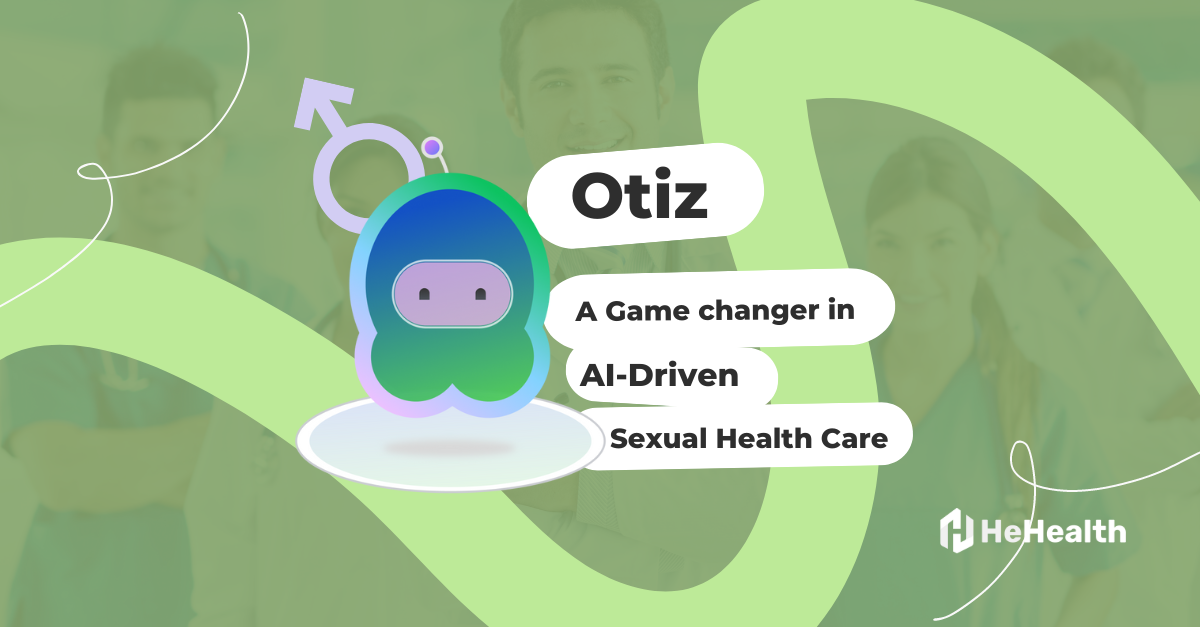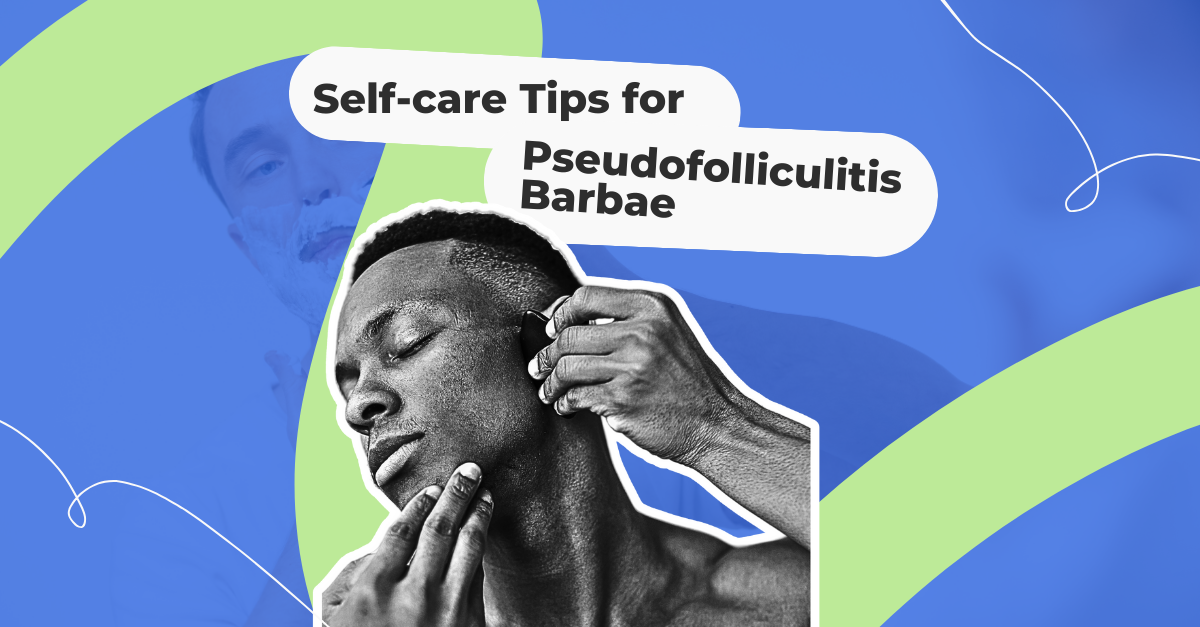L
O
A
D
I
N
G
HeHealth Blog
Discover the latest in men's sexual health with HeHealth's update. Our blog covers essential info on STIs, new AI-driven solutions for sexual wellness, and expert insights into men's health issues. Stay informed and empowered with us!
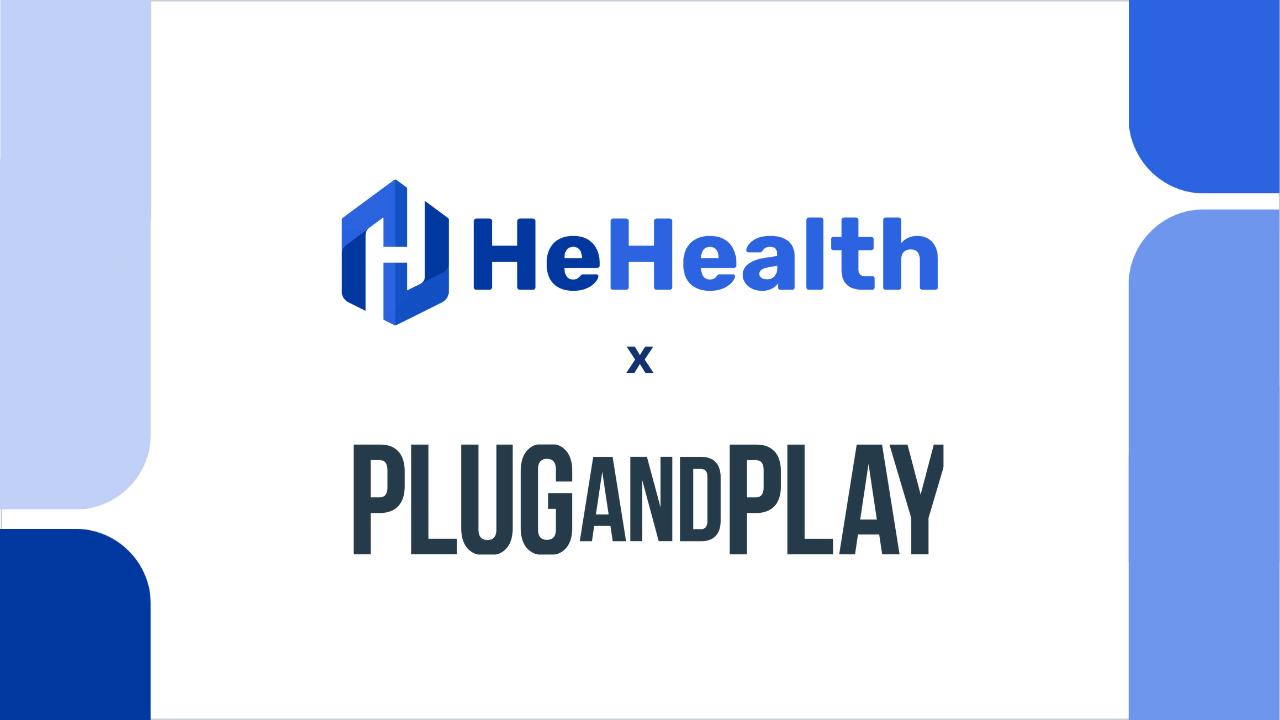
HeHealth Powers Ahead with Investment from Plug and Play Tech Center
HeHealth Update
2 min read
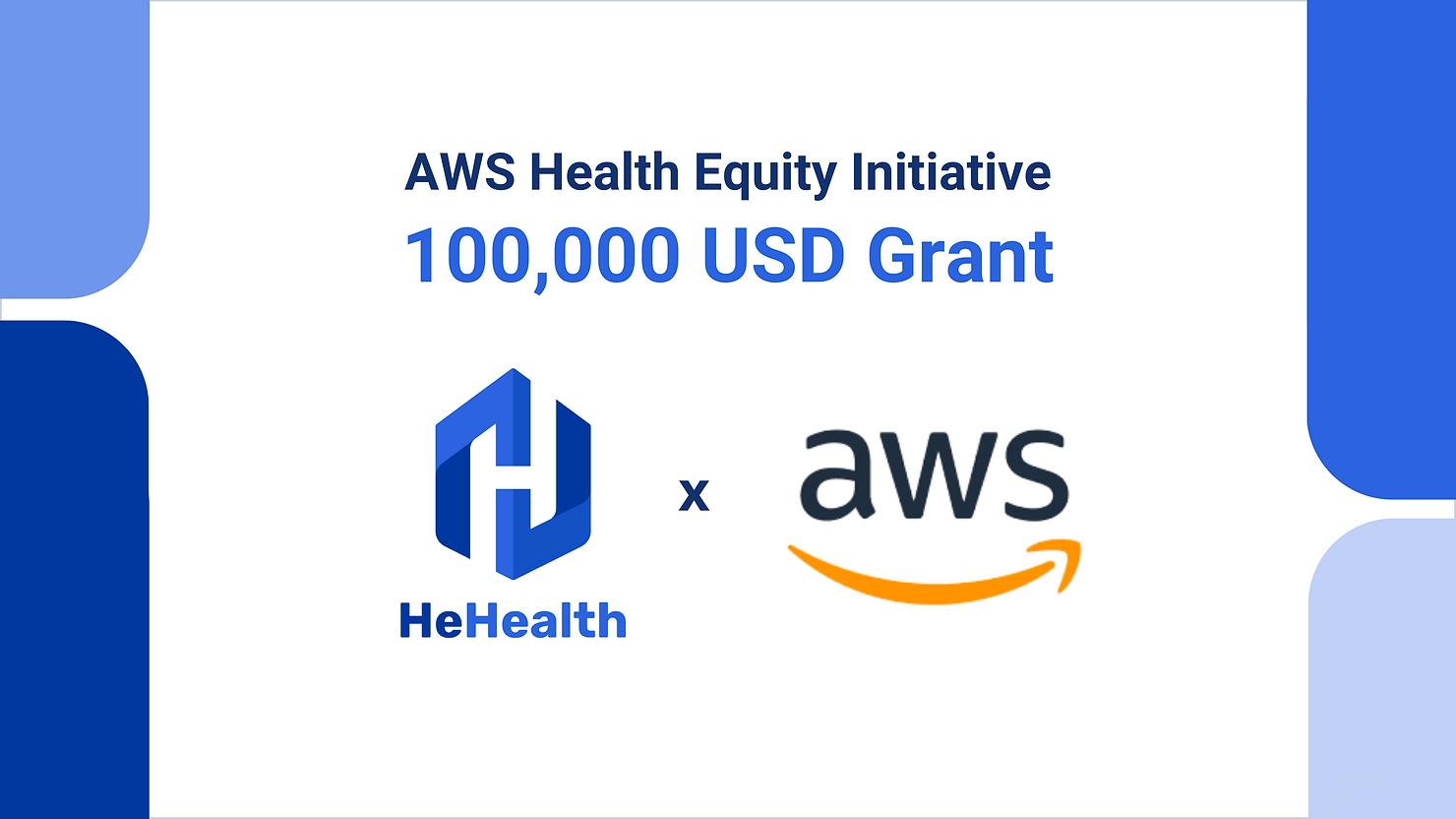
HeHealth Selected for AWS Health Equity Initiative: Innovative Genital Health Monitoring
HeHealth Update
2 min read
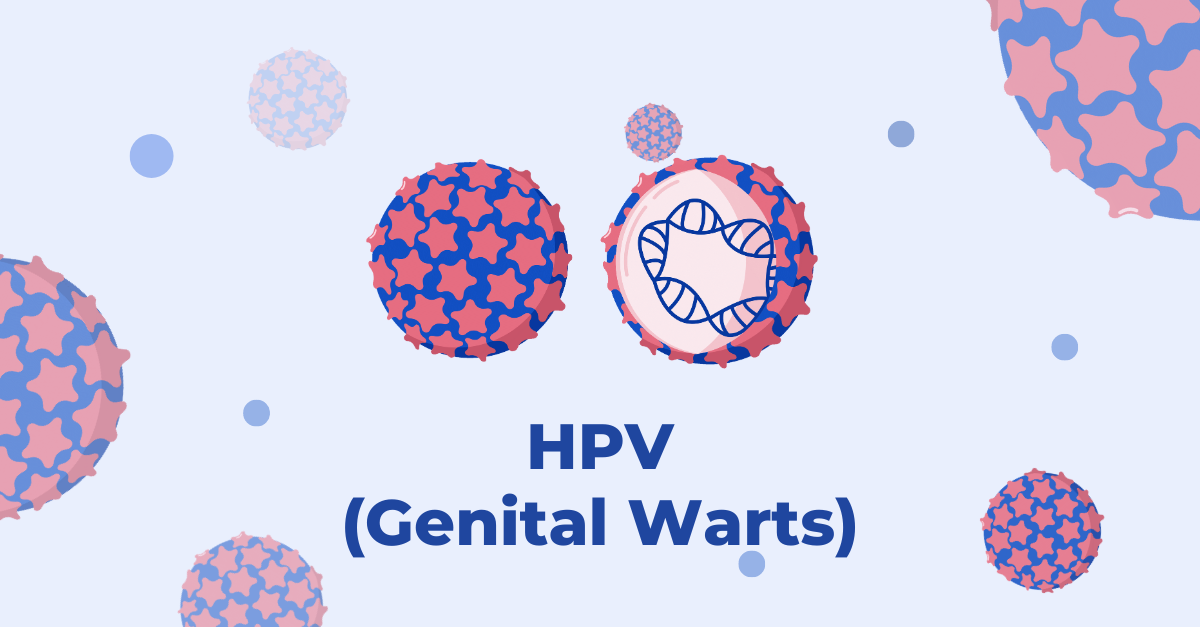
Genital Warts or HPV (Human papillomavirus)
STI Symptoms
5 min read
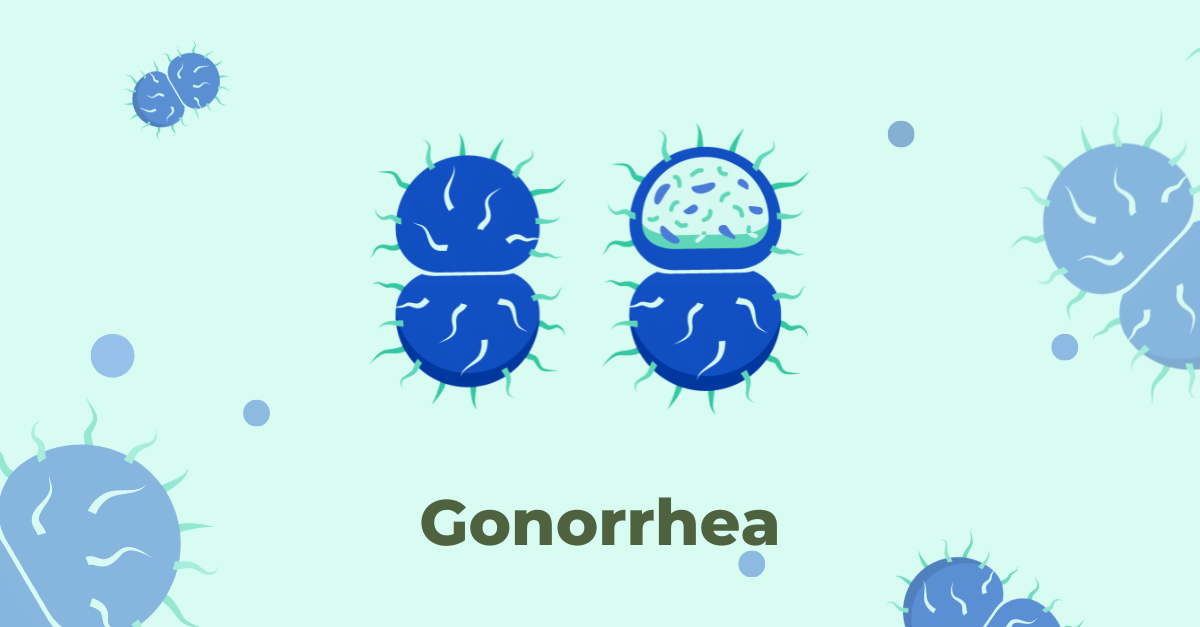
Gonorrhoea
STI Symptoms
3 min read
